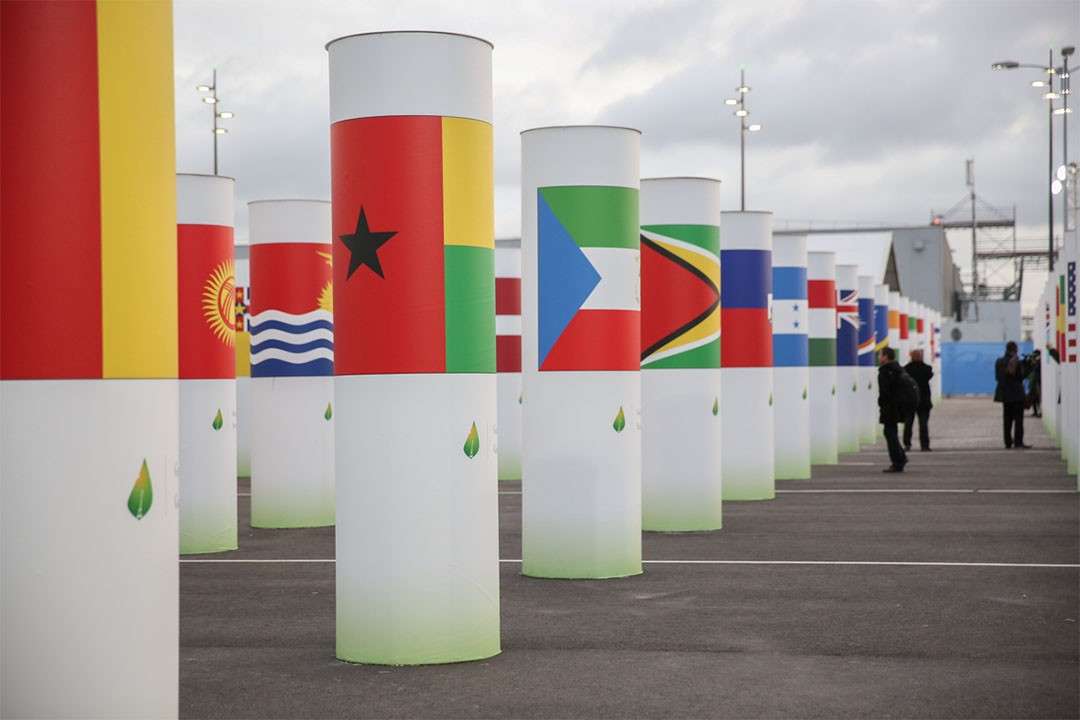On 4 November 2019, the US submitted to the UN a formal notification of its withdrawal from the Paris Agreement on climate change. The withdrawal will take effect one year from delivery of the notification, on 4 November 2020.
The notification was submitted pursuant to Paris Agreement Article 28, according to which a Party may withdraw from the Agreement by providing “written notification to the Depositary” at any point “after three years from the date on which [the] Agreement has entered into force for [that] Party.” “Any such withdrawal shall take effect upon expiry of one year from the date of receipt by the Depositary of the notification of withdrawal, or on such later date as may be specified in the notification of withdrawal.”
The timing of the US’ withdrawal is significant as in 2020, countries are expected to update and enhance their Nationally Determined Contributions (NDCs) under the Paris Agreement and to submit to the UNFCCC their long-term low-emission development strategies.
According to a press statement by US Secretary of State Michael Pompeo, US President Donald Trump “made the decision to withdraw from the Paris Agreement” because US pledges made under the Agreement impose an “unfair economic burden” on American workers, businesses, and taxpayers. The statement notes that the US will continue to contribute to “international climate discussions” by offering “a realistic and pragmatic model” that shows that “innovation and open markets lead to greater prosperity, fewer emissions, and more secure sources of energy.” The US also pledges to “continue to work with our global partners to enhance resilience to the impacts of climate change and prepare for and respond to natural disasters.”
A month prior to the US’ announcement, on 7 October 2019, the Russian Federation ratified the Paris Agreement. Upon ratification, the country made a declaration emphasizing that, as a non-Annex II country under the UNFCCC, it is not required to provide financial resources to enable developing countries’ climate action. Warning against creating “barriers to sustainable social and economic development,” the declaration further highlights “the importance of conservation and enhancement of absorbing capacity of forests and other ecosystems” and “the necessity of the maximum possible account of this capacity including in the implementation of the Agreement’s mechanisms.”
The Paris Agreement was agreed in December 2015, and entered into force in November 2016. It aims to strengthen the global response to climate change in the context of sustainable development and efforts to eradicate poverty by keeping global temperature rise this century “well below” 2°C above preindustrial levels and “pursuing efforts” to limit the temperature increase to 1.5°C.
The number of countries that have ratified the Paris Agreement has reached 187. In addition to the Russian Federation, since November 2018, two more countries have joined the treaty: Oman (22 May 2019) and Suriname (13 February 2019). [US Formal Notification of Withdrawal] [US State Department Press Statement] [Paris Agreement Status of Ratification] [Declarations Made by Countries Upon Ratification] [UNFCCC Paris Agreement Webpage]
